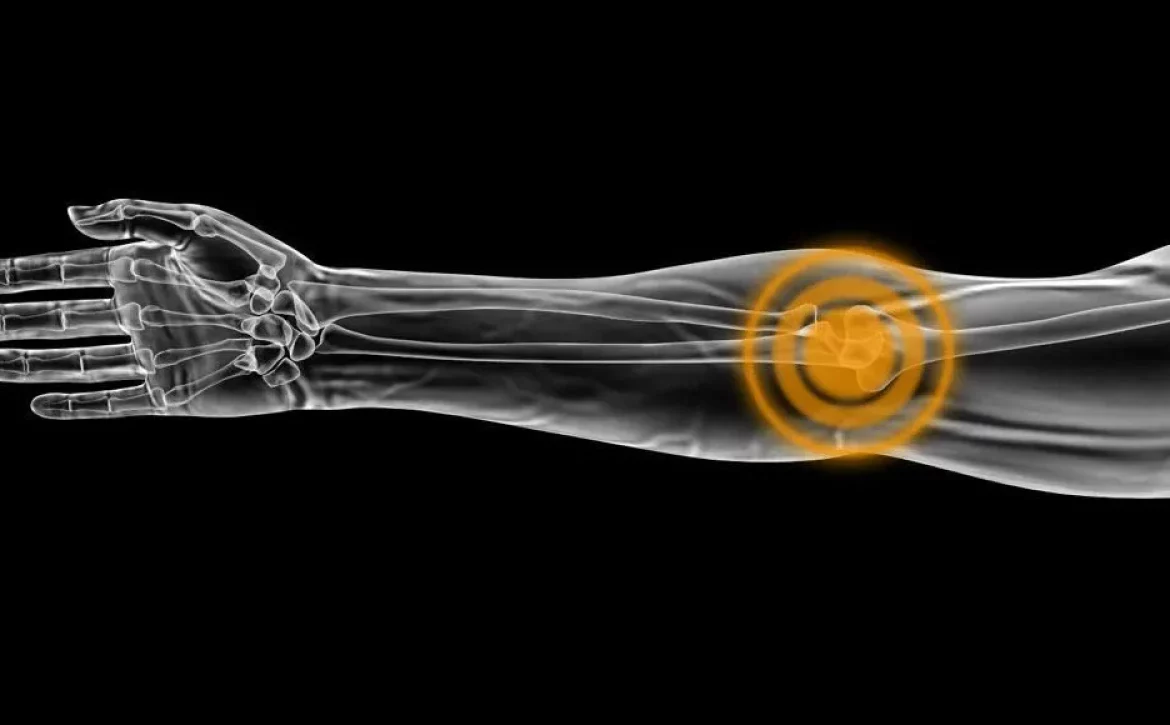How Elbow Ultrasound Scans Aid in Treatment Decisions
In the realm of diagnostic imaging, elbow ultrasound scans have emerged as a valuable tool for clinicians in making informed and accurate treatment decisions. This non-invasive technique offers significant advantages in evaluating various elbow conditions, providing crucial insights that aid in optimizing patient care. In this article, we will delve into the world of elbow ultrasound scans, exploring their benefits and how they play a vital role in treatment decisions.
Understanding Elbow Ultrasound Scans:
Elbow ultrasound scans employ high-frequency sound waves to create detailed images of the structures within the elbow joint. This imaging technique allows healthcare professionals to visualize and assess the tendons, ligaments, muscles, and other soft tissues in the elbow region. By capturing real-time images, ultrasound scans provide dynamic information about the structure and function of the elbow, facilitating accurate diagnosis and treatment planning.
Benefits of Elbow Ultrasound Scans:
-
Accurate Diagnosis: Elbow ultrasound scans enable precise diagnosis by providing clear and detailed images of the affected area. This allows healthcare providers to identify injuries, abnormalities, and underlying conditions more effectively, leading to appropriate treatment recommendations.
-
Non-Invasive and Painless: Unlike other imaging modalities, such as MRI or CT scans, elbow ultrasound is non-invasive and does not involve exposure to radiation. It is a painless procedure that can be performed conveniently in an outpatient setting, ensuring patient comfort and safety.
-
Real-Time Visualization: One of the most significant advantages of elbow ultrasound scans is the real-time visualization it offers. Physicians can observe the movement of tendons, ligaments, and muscles during various elbow movements, improving the accuracy of the diagnosis and providing valuable insights into the condition.
-
Versatility: Elbow ultrasound scans are versatile and can be utilized for a wide range of elbow conditions. From diagnosing tendinitis, bursitis, and arthritis to evaluating injuries such as fractures, sprains, and subluxations, this imaging technique provides comprehensive information for treatment planning.
-
Cost-Effective: Compared to other imaging modalities, elbow ultrasound scans are relatively cost-effective. This affordability allows for wider accessibility to diagnostic services, ensuring that patients receive timely and accurate evaluations of their elbow conditions.
Role in Treatment Decisions:
Elbow ultrasound scans play a crucial role in treatment decisions by providing valuable insights that guide healthcare providers in determining the most effective course of action. Here’s how these scans aid in treatment planning:
-
Accurate Localization: Elbow ultrasound scans help localize the precise site of the injury or condition, enabling targeted treatments such as injections or physical therapy. By identifying the exact location of the problem, clinicians can administer therapies directly to the affected area, optimizing treatment outcomes.
-
Evaluation of Tissue Healing: Monitoring the progress of tissue healing is vital for assessing treatment effectiveness. Elbow ultrasound scans can be used to observe the healing process over time, allowing clinicians to modify treatment plans or interventions as needed.
-
Guiding Aspiration and Injections: Elbow ultrasound scans assist in guiding the aspiration of fluid or the administration of injections to the affected area. This ensures precision and reduces the risk of complications, improving patient comfort and outcomes.
Conclusion: Elbow ultrasound scans have become an invaluable tool in the field of diagnostic imaging, offering numerous benefits for both healthcare providers and patients. This non-invasive technique aids in accurate diagnosis, treatment planning, and monitoring the healing process. By utilizing elbow ultrasound scans, clinicians can optimize treatment decisions, ensuring the best possible outcomes for their patients. If you’re experiencing elbow pain or suspect an elbow condition, consult with your healthcare provider about the potential benefits of an elbow ultrasound scan.






